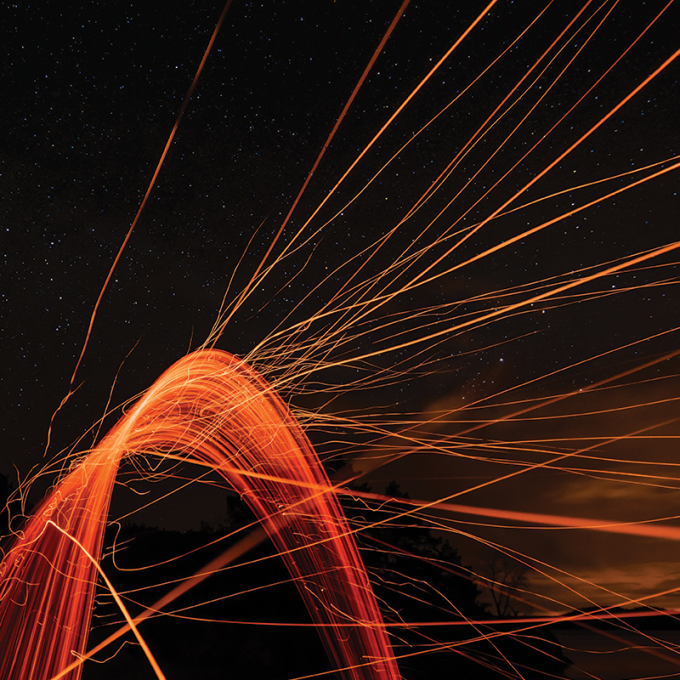Dr. Tansu Daylan’s research program seeks to better understand the particle nature of dark matter and how exoplanets form, evolve, migrate, and potentially support life.
Daylan joined our faculty as an assistant professor in Fall 2023. Previously, he was an LSST Discovery Alliance postdoctoral fellow at Princeton University between 2022 and 2023. Earlier, he was a TESS postdoctoral associate (2021-2022) and a Kavli postdoctoral fellow (2018-2021) at MIT. He completed his PhD at Harvard University (2013-2018) and did a double major in electrical and electronics engineering (2008-2012) and physics (2008-2013) at Middle East Technical University in Ankara, Turkey.
Research Program
Exoplanets
Exoplanets are opportune laboratories for studying the formation of planetary systems. Unlike the single realization of our Solar System, exoplanets reveal the wide range of outcomes that can be produced by the highly stochastic pathways of planet formation. They are also exciting from an astrobiological perspective as cosmic sites capable of supporting life. Accordingly, they guide our searches for extraterrestrial intelligence as likely sources of biosignatures and technosignatures. Overall, exoplanets help us contextualize our planet Earth and the Solar System on our journey to find new Earth-like planets and reveal the cosmic origins of life and our species. Using photometric data from the Transiting Exoplanet Survey Satellite (TESS), Dr. Daylan searches for transiting exoplanets and works on constructing and maintaining the TESS Objects of Interest (TOI) catalog. The TESS mission has so far delivered many rare and interesting discoveries such as WD 1856 b and the TOI 1233 multiplanetary system. Subsequently, transiting exoplanets amenable to mass measurements are characterized in detail using JWST and Hubble Space Telescope, giving us an unprecedented view of their atmospheric composition and dynamics. In the coming years, our census of exoplanets will extend further to wider orbits by the Roman Space Telescope using their astrometric and microlensing signatures.
Dark matter
Independent observables on a wide range of spatiotemporal scales yield compelling evidence for the gravitational interactions of a missing matter component of the Universe called dark matter. However, although these observations shape our understanding of its distribution at large spatial scales, we have not been able to reveal the particle nature of dark matter. Dark matter may be self-annihilating or decaying into Standard Model states that produce particle showers including high-energy photons. Depending on its unknown microphysics, dark matter might also be forming subhalos down to rather small scales, implying that the Universe may be teeming with Solar-mass or even Earth-mass subhalos. Even though these small clumps would remain dark not having hosted star formation, we can still infer massive-enough subhalos using gravitational imaging of strong lens systems. Dr. Daylan’s research on dark matter covers its potential high-energy signatures such as the anomalous gamma-ray emission from the inner Milky Way and transdimensional modeling of strong lenses, which will significantly strengthen our tests of the Lambda Cold Dark Matter paradigm with the large number of strong lenses that will be discovered by the Legacy Survey of Space and Time (LSST) at the Rubin Observatory.
Astrostatistics
The scientific method is the iterative process of obtaining increasingly detailed observations of Nature and constructing ever simpler models to explain these observations. In the context of attempting to understand celestial phenomena, our species constructs detectors sensitive to various characteristics (e.g., arrival direction, time rate, and energy) of extraterrestrial particles such as photons and cosmic rays. However, the data we collect contains the signal of interest in addition to various instrumental or astrophysical backgrounds whose complexity is unknown a priori. Then, to accurately infer the properties of physical systems or to test our understanding of the fundamental laws of Nature, we have to first reduce these large, raw data into low-dimensional, interpretable representations and then construct inference frameworks that compare the evidence across models of different complexity. The main motivation of Dr. Daylan’s research is seeking robust ways to carry out this pipeline while preserving the information content and avoiding statistical biases.

